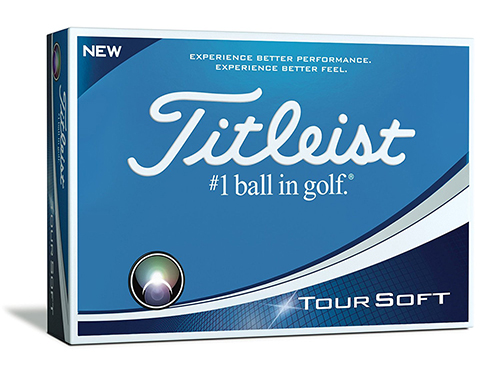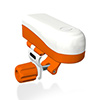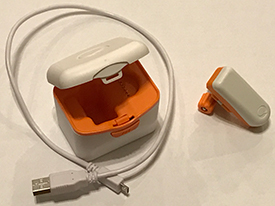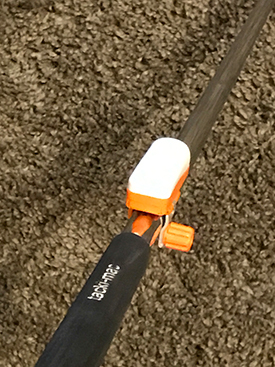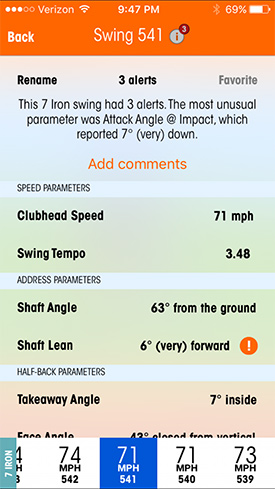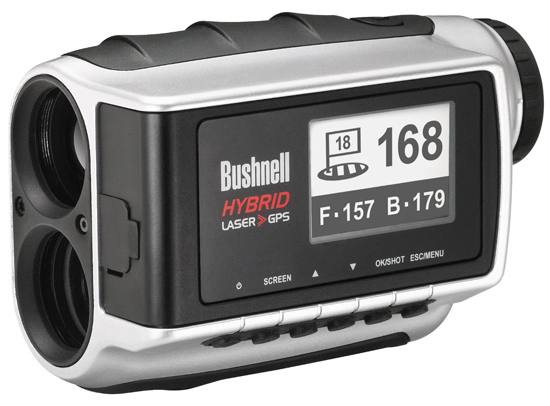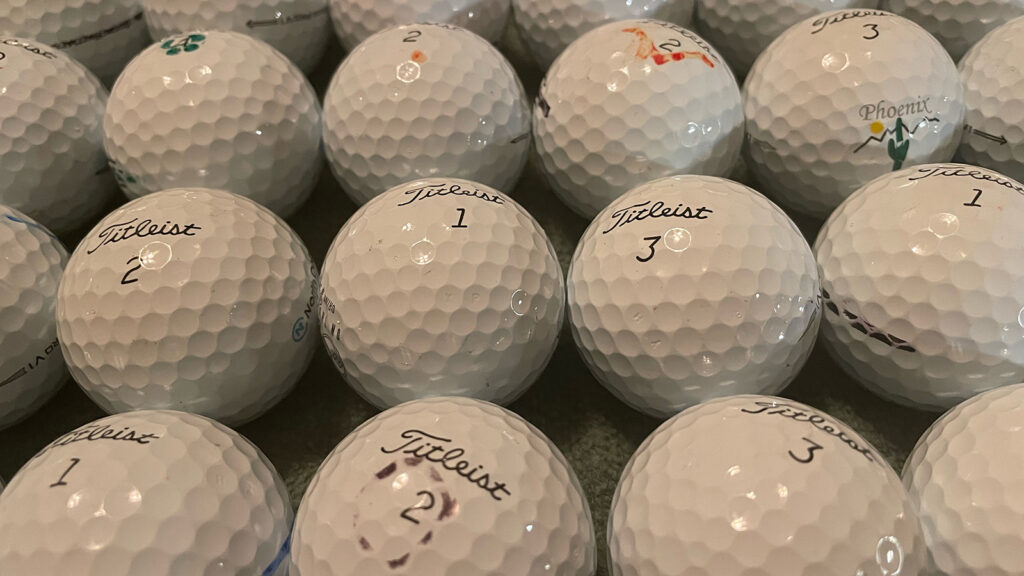
I’ve written a lot in the past regarding the best golf balls for beginners. When we’re just beginning, depending where we play, we may lose balls on a regular basis, so the cheaper the ball the better.
Cheaper golf balls offer many other benefits for high-handicap and beginner golfers. Through their construction and cover, they have less spin off the clubface, which is generally a good thing for beginners. Less side spin can translate into a less severe slice. Also, the cover material of cheaper golf balls is more durable than that of premium balls, which means it will better resist getting cut on mishits.
As our skill level progresses, our ball striking will improve. We eliminate our slice, and our overall ball flight improves.
It’s at this point that it may be beneficial switching to a more premium ball. The spin we try to avoid in golf balls as beginners becomes our friend, especially with the wedges and putter. The urethane cover of premium tour balls provide spin and feel that is hard to achieve with other cover materials.
I’ve received Titleist Pro V1 balls as a Christmas gift, and since it is a popular ball, I find many of them in the woods. Pro V1’s and other premium tour balls do have a spin and feel around the green that a cheaper ball cannot match. Still, almost every course in my area has tight, wooded fairways, balls still get lost, so spending $55 for a dozen Titleist Pro V1 balls would break my golf budget.
There are a lot of articles online about used golf balls having the same performance as brand new. Of course, much of this information is shared by the sellers of used golf balls, and the performance will degrade at some point. All used golf balls can have player markings or logos. After that their condition is graded on a scale.
5A or AAAAA or Mint
This is the best available grade. These balls will have their original color and sheen, looking brand new. The bad news is they will also cost near brand new.
4A or AAAA or Near Mint
These balls may have small cosmetic blemishes or slight discoloration, but their performance is not lessened in any way. They will look like they have been played a few holes.
3A or AAA or Good
These balls will show some wear and would look like they have been played for a round. Their big advantage is their price.
There are lower grades but balls in these grades are best suited for practice.
I decided to play Titleist Pro V1 grade 4A used balls this upcoming season. I found a great deal for four dozen of them at Jerry’s Golf Balls eBay store. $48 shipping included. One dollar a ball! For less than the cost of one dozen brand new, my hope is that four dozen balls will last me the season.
These used golf balls were once lost but are now found. In the Parable of the Lost Sheep, Jesus tells us there is more rejoicing over one repented sinner than ninety-nine who do not need repentance.
Are you lost? Jump into the Bible and grow your personal relationship with Jesus.

